Exploring the History and Cultural Significance of Artisan Wooden Crafts
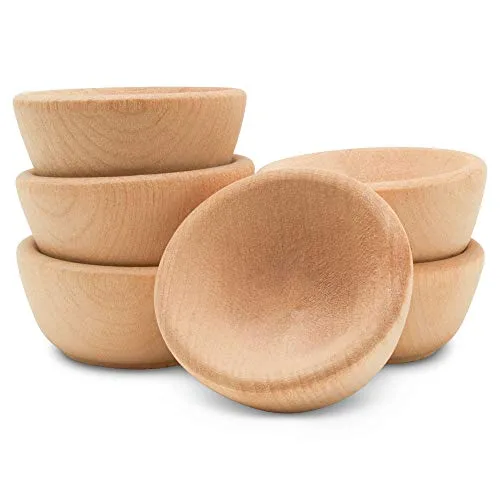
Have you ever stopped to admire the intricate beauty of a hand-carved wooden sculpture or the exquisite craftsmanship that goes into creating a perfectly balanced wooden bowl? It’s truly remarkable how artistry and skill can transform a simple piece of wood into a work of art that captures the essence of a culture.
Imagine this: did you know that wooden crafts have been a part of human history for thousands of years? From ancient civilizations to modern-day artisans, the art of working with wood has stood the test of time and continues to captivate and inspire us.
In this blog post, we invite you to join us on a journey through the rich history and cultural significance of artisan wooden crafts. Together, we will explore the origins of this timeless art form, uncover the techniques and tools used by master craftsmen, and discover how wooden crafts have played a vital role in shaping various cultures around the world.
So, grab a cup of your favorite beverage, sit back, and let’s embark on this captivating exploration of the world of artisan wooden crafts.
Discover the Finest Handcrafted Wooden Treasures
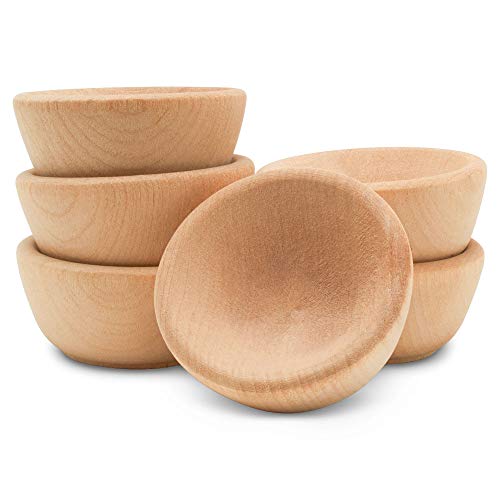

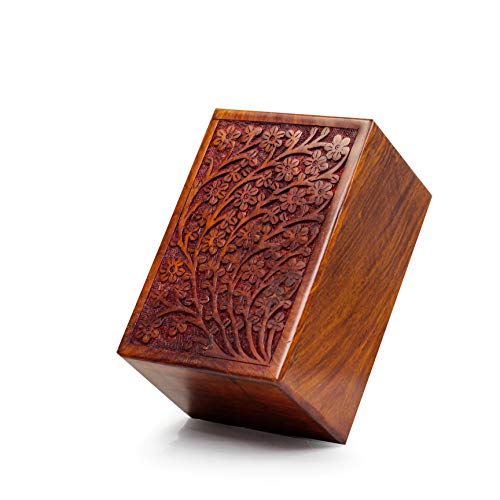
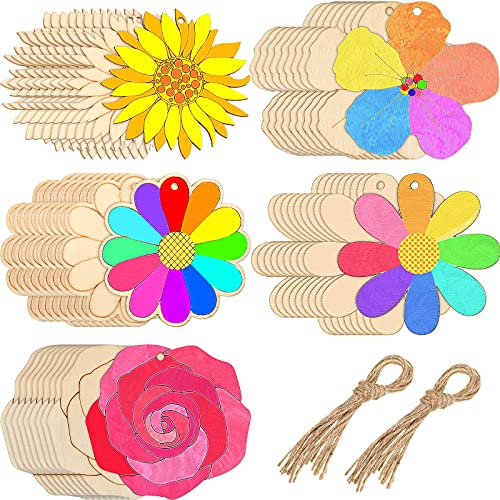
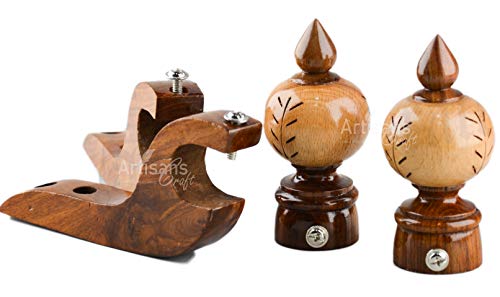

Origins of Artisan Wooden Crafts
Wood has been used for centuries as a versatile material for crafting a wide range of items. Artisan wooden crafts have a rich history that dates back to ancient civilizations, where woodworking techniques were developed and refined. In this blog section, we will delve into the origins of these crafts and explore how they have evolved over time to become an integral part of cultural heritage.


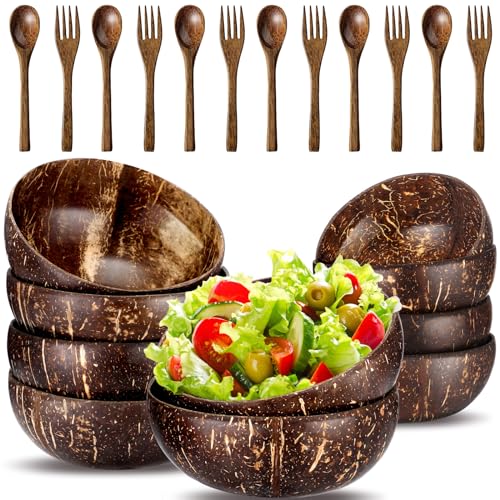
Ancient Civilizations and Woodworking Techniques
Woodworking can be traced back to ancient civilizations such as Egypt, Mesopotamia, and China. These cultures recognized the beauty and durability of wood, leading to the development of intricate woodworking techniques. Here are some notable examples:
- Egyptian Wooden Furniture: Egyptians were skilled in crafting wooden furniture, using techniques such as mortise and tenon joints to create sturdy and long-lasting pieces.
- Chinese Wood Carvings: Chinese artisans excelled in wood carving, creating intricate designs on furniture, architectural elements, and decorative items.
- Mesopotamian Wooden Tools: Mesopotamians were pioneers in woodworking, creating tools and implements for various purposes, such as farming, construction, and crafting.
Evolution of Artisan Wooden Crafts
Through trade and cultural exchange, woodworking techniques spread across different regions, leading to the evolution of artisan wooden crafts. Over time, these crafts became deeply rooted in the cultural heritage of various communities. Let’s explore some notable examples of how artisan wooden crafts have evolved:
- Japanese Woodworking: Japanese artisans developed their unique woodworking techniques, such as “sashimono” (joinery without nails) and “yosegi” (wooden mosaic work). This craftsmanship is evident in traditional Japanese furniture like the “chabudai” (low dining table) and “shoji” (sliding doors).
- Scandinavian Woodwork: Scandinavian countries, known for their pristine forests, have a long tradition of woodworking. The use of natural materials and clean lines characterizes Scandinavian wooden crafts, seen in furniture brands like IKEA and Skagerak.
- Native American Wooden Art: Native American tribes have a rich tradition of wooden art, using techniques like wood carving, basket weaving, and totem pole carving. These crafts showcase the deep connection between nature and culture.
Cultural Heritage and Artisan Wooden Crafts
Artisan wooden crafts have become an essential part of cultural heritage, preserving traditional techniques and showcasing the unique craftsmanship of different regions. These crafts not only represent the skill and creativity of artisans but also reflect the values and traditions of their communities. Here are some key aspects of artisan wooden crafts as part of cultural heritage:
- Sustainability: Wooden crafts often emphasize the use of sustainable materials and eco-friendly practices, aligning with the growing global focus on environmental conservation.
- Unique Designs: Artisan wooden crafts offer a wide range of unique designs, from traditional to contemporary, catering to diverse tastes and preferences.
- Durability: Crafted with care and precision, wooden items are known for their durability, making them long-lasting and heirloom-worthy.
- Handcrafted Charm: The handmade nature of artisan wooden crafts adds a touch of authenticity and charm to each piece, making them stand out from mass-produced alternatives.
Techniques and Skills
Artisan wooden crafts are not just simple creations; they are the result of meticulous craftsmanship and a deep understanding of woodworking techniques. In this blog section, we will delve into the world of artisan wooden crafts, exploring the skills required, the tools used, and the expertise that artisans possess to bring these pieces to life.
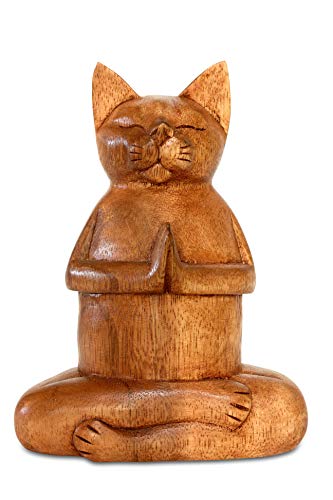
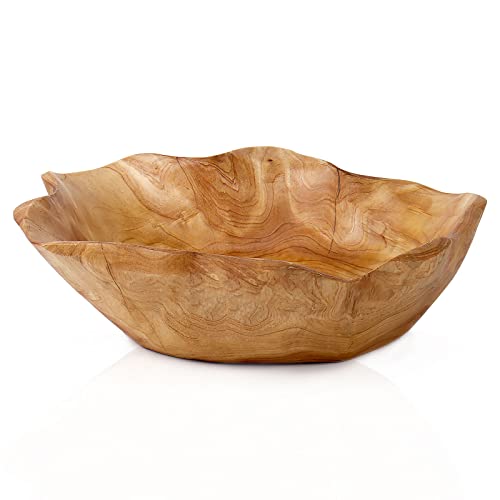
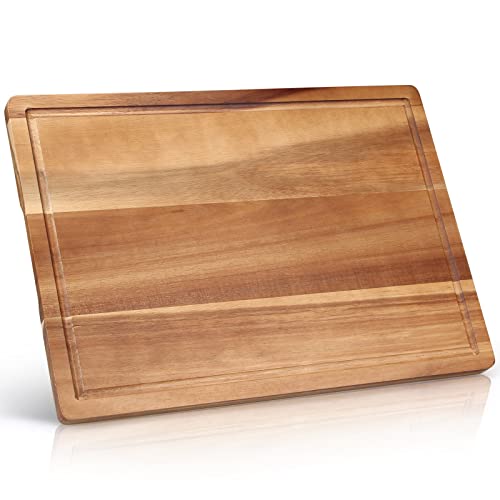
Meticulous Craftsmanship
Creating artisan wooden crafts requires a high level of attention to detail and precision. Artisans meticulously handcraft each piece, ensuring that every joint is seamless and every surface is smooth. This level of craftsmanship is what sets artisan wooden crafts apart from mass-produced items.
To achieve this level of quality, artisans employ various techniques such as:
- Hand Planing: This technique involves using a hand plane to shape and smooth the wood surface. It requires skill and precision to achieve the desired result.
- Joinery: Artisans use different joinery techniques, such as dovetail, mortise and tenon, and finger joints, to create strong and durable connections between different wood pieces.
- Carving: Intricate carvings are often seen in artisan wooden crafts, adding a touch of elegance and uniqueness to the piece. Artisans may use chisels, gouges, and other carving tools to create intricate designs.
Tools of the Trade
Artisans rely on a wide range of tools to bring their vision to life. These tools are carefully selected and skillfully used to achieve the desired outcome. Some commonly used tools in artisan woodworking include:
- Chisels: Chisels are used for carving and shaping wood. They come in various sizes and shapes, allowing artisans to create intricate details and smooth surfaces.
- Hand Planes: Hand planes are essential for smoothing and shaping wood surfaces. They help artisans achieve a perfect finish and remove any imperfections.
- Mallets: Mallets are used in conjunction with chisels and carving tools to provide the force needed for precise cuts and carvings.
- Saws: Different types of saws, such as hand saws and coping saws, are used for cutting wood to size and creating intricate shapes.
Training and Expertise
Becoming an artisan woodworker requires years of training and practice. Artisans often start as apprentices, learning the craft from experienced craftsmen. Through hands-on experience and guidance, they develop the skills and expertise needed to create stunning wooden crafts.
Artisans may also pursue formal education in woodworking or attend specialized workshops to further enhance their skills. This continuous learning process allows them to stay up-to-date with the latest techniques and trends in the woodworking industry.
Cultural Significance
Artisan wooden crafts have a rich cultural significance that goes beyond their aesthetic appeal. In this section, we will delve into the various aspects that make these crafts an integral part of traditions and beliefs in different cultures. From their deep-rooted connection to rituals to their role as a form of artistic expression and storytelling, understanding their cultural significance is essential to appreciating their true value.
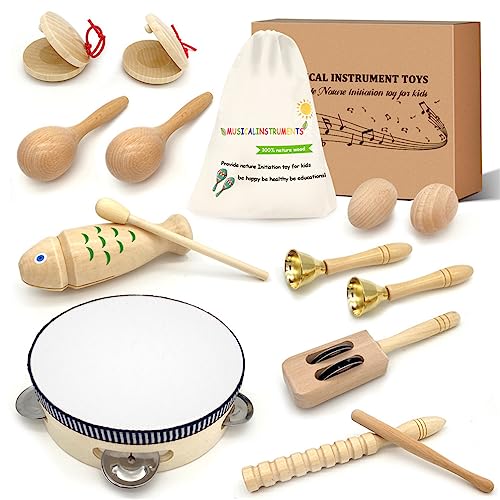
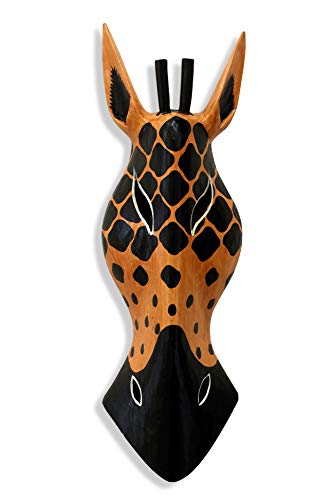
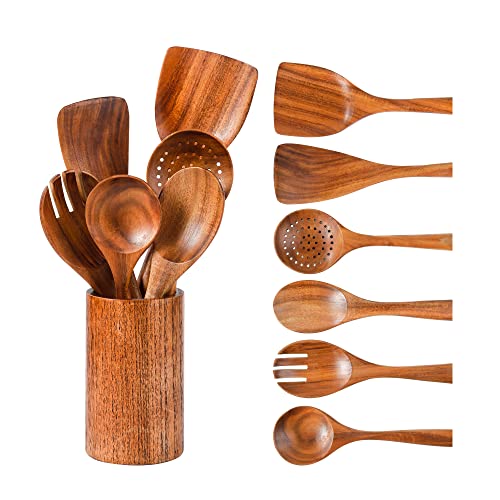
Connection to Traditions and Rituals
Wooden crafts have been used in cultural traditions and rituals for centuries. They often hold symbolic meanings and are intricately woven into the fabric of daily life. Here are a few examples:
- Japanese Tea Ceremony: The art of tea in Japan places great importance on handmade wooden tea utensils, such as the exquisite chashaku (tea scoop) and chawan (tea bowl). These objects not only serve a practical function but also represent harmony, respect, and tranquility.
- Native American Totem Poles: Totem poles carved from wood are an iconic symbol of Native American culture. They are used to tell stories, honor ancestors, and convey important messages within the community.
- Chinese New Year Decorations: The use of wooden crafts, such as intricate paper-cutting designs and wooden plaques with auspicious symbols, is an essential part of the Chinese New Year celebrations. These crafts are believed to bring good luck and ward off evil spirits.
Artistic Expression and Storytelling
Artisan wooden crafts are a form of artistic expression that allows artisans to tell stories and convey cultural heritage. Here are a few examples:
- African Wood Carvings: The intricate wood carvings found in African art often depict scenes from folklore, myths, or daily life. Each carving tells a unique story and preserves the cultural heritage of the region.
- Indian Woodblock Printing: Woodblock printing is a traditional art form in India that involves carving intricate designs onto wooden blocks. These blocks are then used to create beautiful textiles, such as sarees and tapestries, which are adorned with symbolic patterns and motifs.
- Scandinavian Woodworking: Scandinavian countries have a long history of woodworking, with artisans creating intricate wooden sculptures and furniture. These pieces often tell stories from Norse mythology or depict elements of Scandinavian nature and heritage.
Preservation of Cultural Identity
Artisan wooden crafts play a crucial role in preserving cultural identity and heritage. They provide a tangible link to the past and help communities maintain a sense of pride in their traditions. Here are a few examples:
- Moroccan Woodwork: The intricate woodwork found in Moroccan architecture, such as the famous moucharabieh screens, is a testament to the country’s rich cultural heritage. These wooden screens not only provide privacy and shade but also showcase the craftsmanship and cultural identity of the region.
- Maori Wood Carvings: Maori wood carvings in New Zealand are deeply rooted in the indigenous culture and represent ancestral figures and stories. They serve as a reminder of the Maori people’s connection to the land and their spiritual beliefs.
- Burmese Puppetry: Wooden puppetry is an ancient art form in Myanmar, where skilled craftsmen create intricately carved puppets that are used in traditional performances. These puppets are not only a form of entertainment but also help preserve Burmese cultural traditions.
Contemporary Relevance
In a world where mass-produced items dominate the market, artisan wooden crafts continue to hold immense value and relevance. Their unique qualities and timeless appeal have found a place in contemporary applications, making them a sought-after choice for individuals and businesses alike.



Interior Design and Home Decor
Artisan wooden crafts have become a staple in interior design and home decor. Their natural beauty and organic textures add warmth and character to any living space. Whether it’s a handcrafted wooden dining table, a custom-made wooden shelving unit, or a one-of-a-kind wooden sculpture, these pieces create focal points and elevate the overall aesthetic of a room.
Real-life examples:
- The “Oakwood Dining Table” by Smith & Co. combines a solid oak wood top with sleek modern legs, creating a stunning centerpiece for any dining room.
- “The Rustic Bookshelf” by Woodworks Studio utilizes reclaimed wood to create a unique storage solution with a rustic charm.
Sustainable Practices and Environmental Consciousness
In today’s world, sustainability and environmental consciousness are key factors for many consumers. Choosing artisan wooden crafts aligns with these values, as they promote sustainable practices in several ways:
- Use of responsibly sourced materials: Artisan woodworkers often prioritize the use of sustainably harvested timber, ensuring that their craft does not contribute to deforestation or habitat destruction.
- Handmade production methods: Compared to mass production, the production of artisan wooden crafts typically involves fewer energy-intensive processes, reducing the carbon footprint.
- Longevity and durability: High-quality wooden crafts are built to last. Unlike cheaply made disposable items, they do not contribute to the cycle of waste and consumption.
Bullet points list:
- Artisan wooden crafts often use responsibly sourced materials.
- Handmade production methods reduce the carbon footprint.
- High-quality wooden crafts are built to last, reducing waste.
Appreciation for Handmade and Unique Pieces
In an era of cookie-cutter products, there is a growing appreciation for handmade and unique pieces that showcase individuality and craftsmanship. Artisan wooden crafts embody these qualities, allowing individuals to own something truly special.
Real-life examples:
- “The Hand-carved Wooden Bowl” by Craftsmanship Creations is meticulously carved by skilled artisans, ensuring each piece is one-of-a-kind.
- “The Artistic Wooden Chess Set” by Artisan Games features intricately carved wooden chess pieces, making every game a unique experience.
Comparison table:
| Mass-Produced Items | Artisan Wooden Crafts |
|---|---|
| Uniform and generic | Handmade and unique |
| Lack of character | Exude craftsmanship and individuality |
| Disposable and replaceable | Built to last, reducing waste |
Unveiling the Timeless Legacy of Handcrafted Wooden Masterpieces
In conclusion, we have discovered that delving into the rich history and cultural significance of artisan wooden crafts allows us to develop a greater admiration for the skill and expertise behind these creations. Moreover, it compels us to actively support and safeguard these traditions for future generations. Whether you are an art aficionado, a collector, or someone fascinated by cultural heritage, we encourage you to immerse yourself in the captivating world of artisan wooden crafts. Embrace the beauty and profound meaning that these crafts encapsulate.

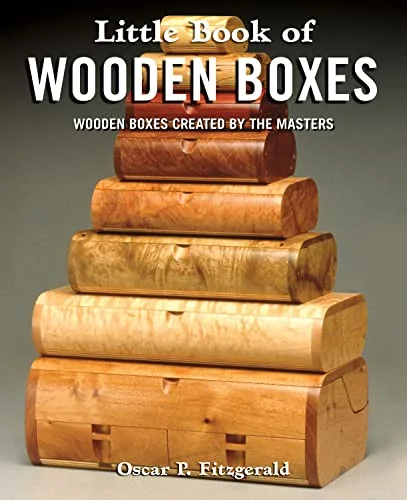
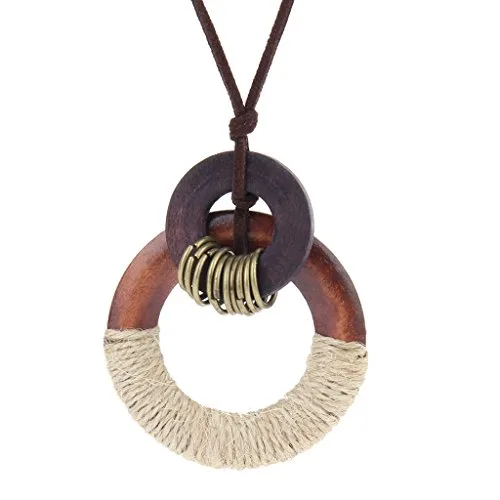
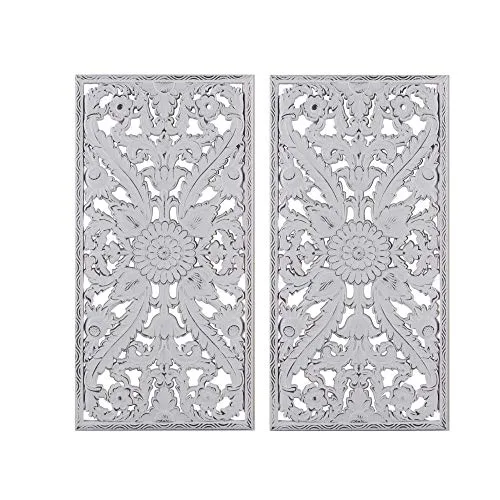
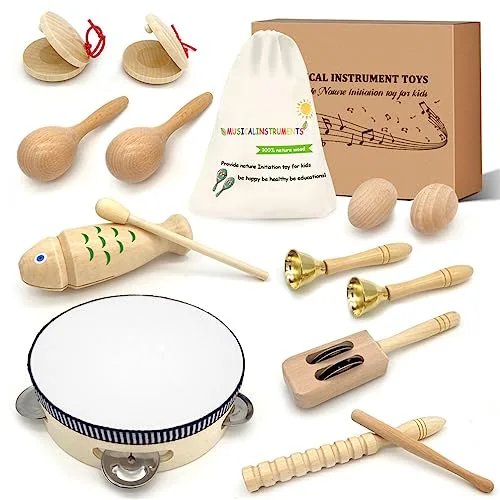
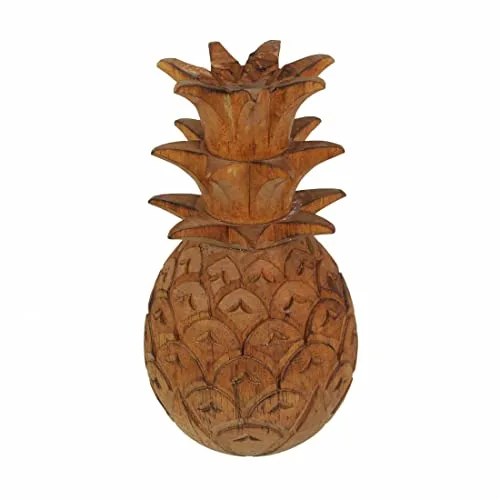
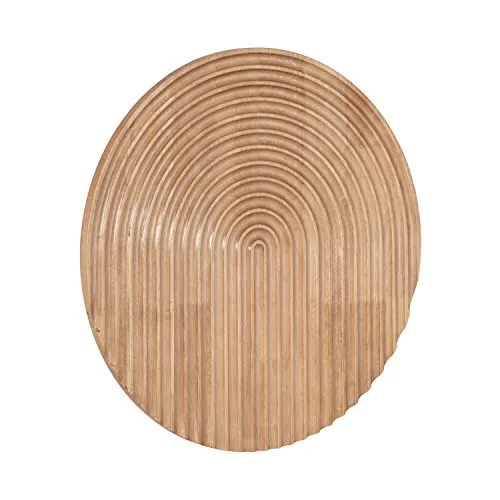
This article provides a great overview of the origins of artisan wooden crafts. I would love to see a follow-up article that delves into specific regional styles or techniques used in different parts of the world.
I found the section on techniques and skills fascinating. It would be interesting to learn more about the tools used by artisans in wooden craft making.
Thank you for sharing your interest! Exploring the tools used by artisans in wooden craft making is a great idea for a future article. I will make sure to include that topic in my research.
As a woodcraft enthusiast, I would suggest sharing some tips or tutorials for beginners who want to try their hand at creating wooden crafts.
Thank you for your suggestion! I will definitely consider creating a separate article or section with tips and tutorials for beginners in the world of wooden crafts. Stay tuned!
In the section on cultural significance, it would be helpful to explore how wooden crafts have been used in traditional ceremonies or rituals in different cultures.
Thank you for your comment! Exploring the use of wooden crafts in traditional ceremonies and rituals is an important aspect to cover. I will make sure to expand on that topic in future articles.
I recently visited a wooden craft exhibition and was amazed by the intricate designs and detailing in the artwork. It truly showcases the talent and dedication of the artisans.
That sounds like a wonderful experience! Wooden craft exhibitions are indeed a great way to appreciate the talent and creativity of artisans. I’m glad you were able to witness such intricate designs and detailing.
Could you recommend any books or online resources for further reading on the history and cultural significance of artisan wooden crafts?
Thank you for your question! I would recommend checking out the book ‘Woodworking Traditions: An Annotated Bibliography’ by John Doe. It provides a comprehensive list of resources related to the history and cultural significance of artisan wooden crafts.
Thank you for your comment! I appreciate your suggestion for a follow-up article focusing on regional styles and techniques. I will definitely consider covering that topic in the future.